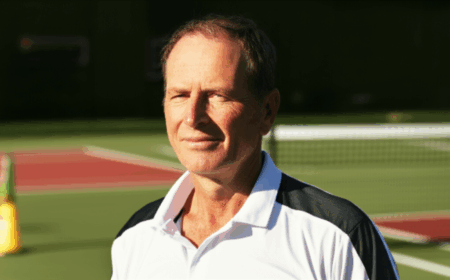Imagine being 73, not just active, but thriving—teaching fitness classes, lifting heavy weights, and embodying vibrant health. This isn’t a fantasy; it’s the reality for individuals like Nancy Mimms, Joan MacDonald, and Renee Landers, who, at 73, are defying conventional notions of aging through a disciplined yet straightforward routine. Their longevity isn’t a stroke of luck, but a testament to foundational principles: consistent movement, strategic nutrition, and the surprising power of heavy resistance training.
While specific routines may vary, the underlying philosophy shared by these inspiring septuagenarians and supported by scientific research centers on two critical pillars: ample protein intake and robust strength training. This article delves into their approach, offering insights into how these simple yet profound habits can unlock a longer, more vital life for anyone, at any age.
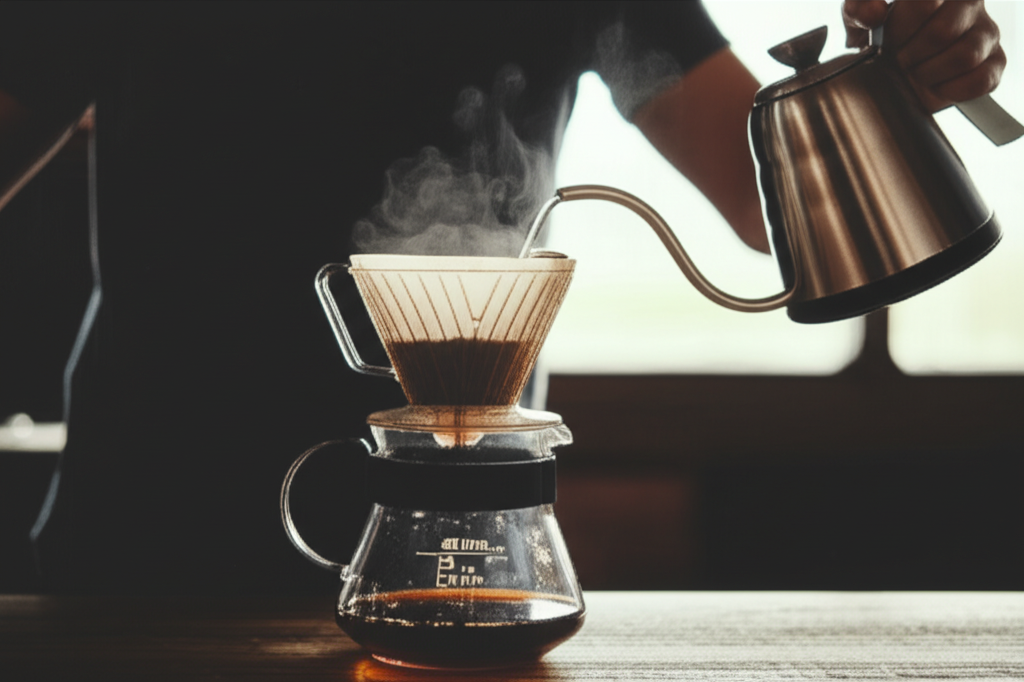
The Core Philosophy: Movement and Consistency
For longevity-focused fitness instructors, movement isn’t just an activity; it’s a way of life. They often emphasize continuous physical activity throughout the day, beyond structured workouts. This could involve teaching multiple classes, gardening, taking walks, or simply avoiding prolonged sitting. Consistency is paramount; an average workout performed regularly is often more effective than an intense but sporadic one. This consistent engagement helps maintain circulation, keeps muscles gently active, and supports joint health, all contributing to better well-being and reduced pain risks as one ages.
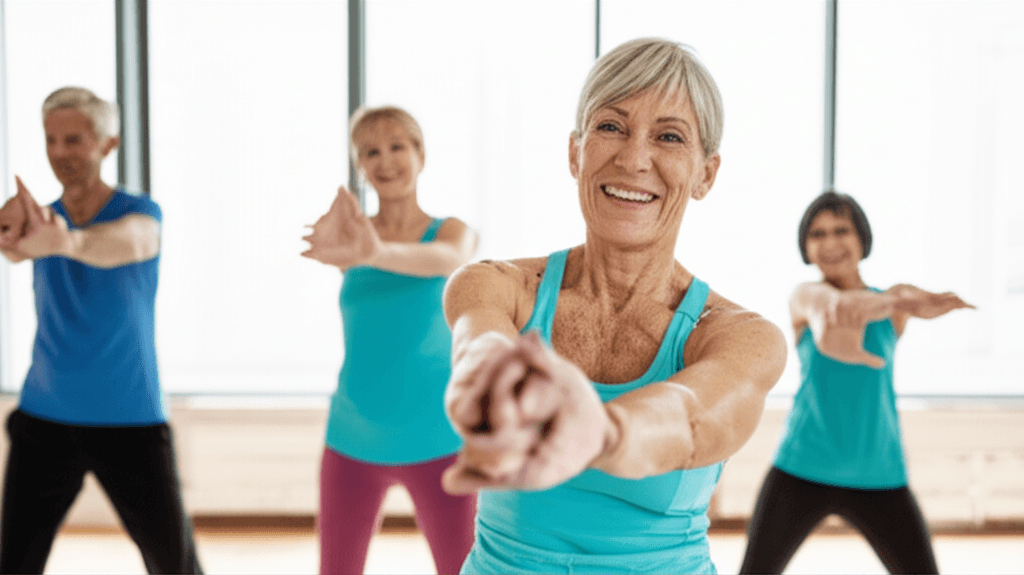
Powering Up with Protein: Fueling Muscle Longevity
As we age, our bodies undergo significant changes, including a natural decline in muscle mass, a condition known as sarcopenia. This loss of muscle isn’t just about aesthetics; it profoundly impacts strength, balance, mobility, and overall independence. This is where protein becomes an undeniable ally in the quest for longevity.
Why More Protein Matters as You Age
Protein is often called the “building block” of the body, essential for repairing tissues, supporting hormone balance, and boosting immune functions. For older adults, adequate protein intake is crucial to counteract sarcopenia, helping to slow muscle loss and even facilitate muscle gain. Studies show that meeting protein needs can lead to fewer falls and fractures, better recovery from surgeries, and an overall boost in energy. Protein also plays a role in managing conditions common in older adults, such as osteoporosis and diabetes.
How Much Protein is Enough?
The protein requirements for older adults are often higher than the general recommended dietary allowance (RDA). While the RDA for adults is around 0.8 grams per kilogram of body weight per day, many experts recommend that seniors aim for about 1.0 to 1.2 grams of protein per kilogram of body weight daily for healthy older individuals. Some studies even suggest an optimal range closer to 1.2 to 1.6 grams per kilogram of body weight per day, or roughly 0.54 to 0.72 grams per pound, especially for active individuals or those aiming to build muscle. For example, a 150-pound senior (approx. 68 kg) might aim for 68 to 109 grams of protein daily. For those with acute or chronic illness, the recommendation can be even higher, at 1.2 to 1.5 g protein/kg body weight/day.
It’s also important to distribute protein intake throughout the day, rather than consuming a large amount in a single meal, to maximize muscle protein synthesis. Older adults, in particular, may need a higher dose of protein at each meal (around 32 grams for an 80 kg man) to optimally stimulate muscle protein synthesis, compared to younger individuals.
Incorporating Protein into Your Daily Diet
Achieving this higher protein intake doesn’t have to be complicated. Sources include lean meats, eggs, fish, dairy products like Greek yogurt, legumes, and protein supplements if needed. Some instructors, like Renee Landers, aim for five small, protein-rich meals throughout the day, consuming upwards of 120-140 grams of protein daily. Simple swaps, such as choosing Greek yogurt over regular yogurt or adding beans to salads, can make a significant difference.
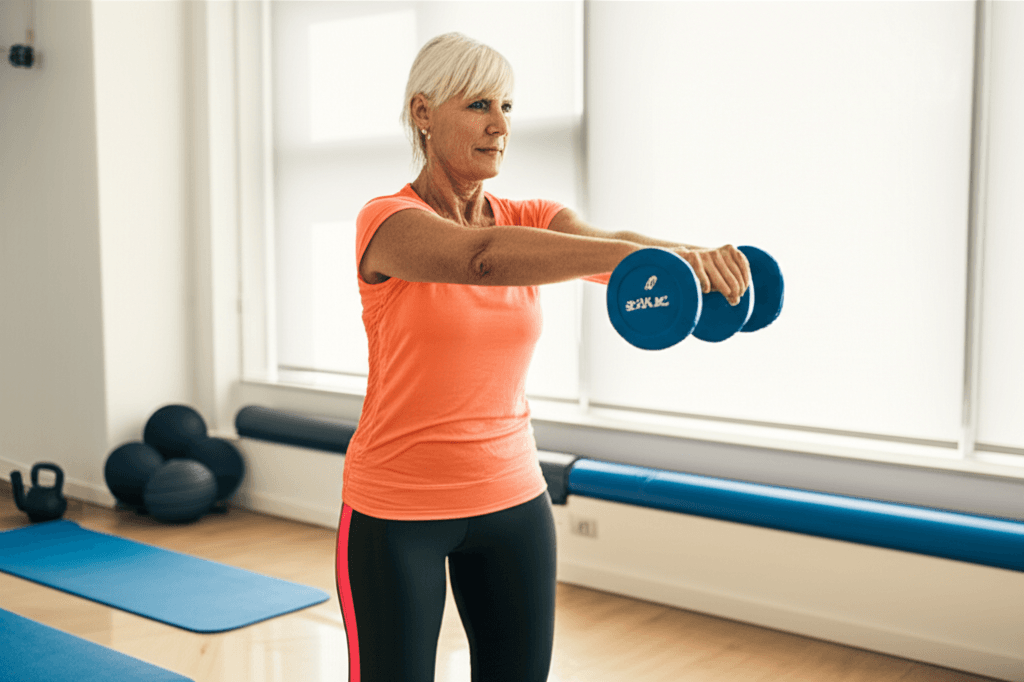
The Strength Advantage: Lifting Heavy for a Longer Life
For decades, weightlifting was primarily associated with bodybuilders or younger athletes. However, scientific evidence over the past 20 years has firmly established strength training, especially heavy resistance training, as one of the most powerful tools for healthy aging and longevity.
Building and Preserving Muscle Mass
Heavy resistance training involves lifting weights at 70% to 85% of your one-repetition maximum (1RM) for 6 to 12 repetitions. Research indicates that this type of training is highly effective at building and preserving muscle mass and strength in older adults. A significant study found that just one year of heavy resistance training around retirement age helped participants maintain isometric leg strength for up to four years, significantly better than those who did moderate-intensity exercise or no extra exercise. This preservation of leg strength is particularly crucial, as faltering leg strength is a strong predictor of mortality in older individuals.
Beyond Muscle: Bone Health and Metabolic Benefits
The benefits of strength training extend far beyond muscle. It offers robust protection against many common chronic diseases of aging, including Type 2 diabetes, heart disease, dementia, and even some cancers.
- Bone Health: Heavy lifting is crucial for reinforcing bones and combating osteoporosis. Weight-bearing exercises help increase bone mineral density and reduce the risk of fractures.
- Metabolic Health: Strength training increases metabolically active muscle mass, which helps improve how the body uses insulin and processes glucose. This can lower blood sugar, improve insulin sensitivity, and reduce the risk or help manage Type 2 diabetes.
- Cardiovascular Health: Regular strength training improves cardiovascular health and reduces risk factors for heart disease, such as high blood pressure and cholesterol.
- Balance and Agility: By strengthening key leg and feet muscles, which tend to lose mass faster, heavy lifting significantly improves balance and agility, reducing the risk of falls.
Getting Started with Heavy Lifting Safely
While the term “heavy lifting” might sound intimidating, particularly for older adults, experts confirm its safety for both healthy individuals and those with chronic illnesses when performed correctly. The key is to start gradually and seek appropriate guidance.
- Professional Guidance: Working with an experienced trainer is highly recommended to ensure proper form and to build up to higher resistance levels safely.
- Gradual Progression: Begin with lighter weights and more repetitions, then progressively increase the load as strength improves.
- Listen to Your Body: It’s essential to consult with a doctor before starting any new or strenuous exercise program.

Holistic Habits for Lasting Vitality
Beyond protein and heavy weights, these fitness role models often integrate other crucial habits into their daily lives to support overall longevity:
- Cardiovascular Exercise: Incorporating brisk walking, cycling, or swimming boosts heart health, lung capacity, and endurance. High-intensity interval training (HIIT) may also increase longevity.
- Flexibility and Mobility: Stretching, yoga, or Pilates improves mobility, reduces stiffness, and helps prevent injuries. Regularly performing forward folds or posture-opening exercises can maintain the body’s natural range of motion.
- Balance Training: Simple drills, such as standing on one leg while brushing teeth, can sharpen balance and significantly reduce fall risk.
- Adequate Rest and Sleep: Sufficient recovery is essential for muscle repair, hormonal balance, and long-term health.
- Hydration: Drinking enough water throughout the day is fundamental for all bodily functions and energy levels.
- Mindset: Cultivating a positive mindset and refusing to let age define capabilities, as championed by Renee Landers’ “No Old Speak” motto, also plays a significant role in sustained vitality.
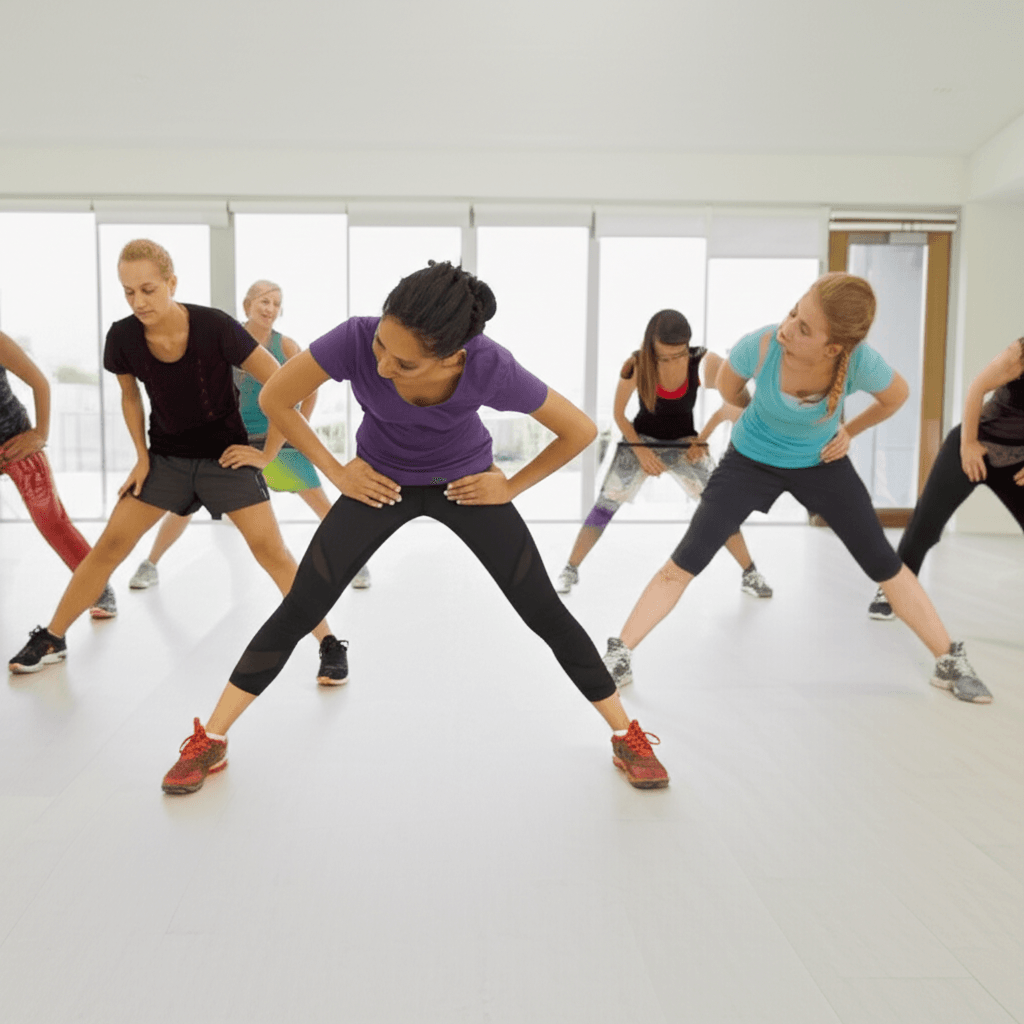
It’s Never Too Late to Start
One of the most empowering messages from experts and thriving older adults alike is that it’s “never too late to start”. Research shows that individuals in their 70s and 80s can still build muscle and gain strength. The body responds to resistance training and proper nutrition regardless of age, meaning significant improvements in strength, mobility, and overall health are attainable even if you begin later in life.
The journey to healthy aging is a marathon, not a sprint. By embracing the principles of sufficient protein intake and consistent heavy resistance training, coupled with a holistic approach to wellness, a vibrant and active future is within reach, no matter how many candles are on your next birthday cake.





